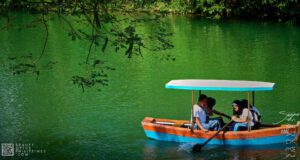
La Mesa Ecopark: Metro Manila’s Hidden Oasis
Nestled in the heart of Quezon City, La Mesa Ecopark stands as a serene sanctuary, offering both a retreat for nature lovers and an educational
The Bonifacio Monument, also called Bonifacio Monumento or Monumento, proudly stands in Caloocan City, Metro Manila. It is a powerful symbol created by the National Artist of the Philippines for Sculpture, Guillermo Tolentino, paying tribute to Andrés Bonifacio, a pivotal figure in Philippine history, renowned as the founder and leader of the Katipunan. Bonifacio courageously led the fight for independence, vehemently opposing Spain’s oppressive colonial rule.


Soaring 13.7 meters (45 feet) into the sky, it represents the “Cry of Balintawak,” a crucial event in the Philippine Revolution. Situated at the intersection of Epifanio de los Santos Avenue (EDSA), the MacArthur Highway, Samson Road, and Rizal Avenue Extension (Avenida Rizal), this monument commands attention, embodying a key moment in Philippine history.
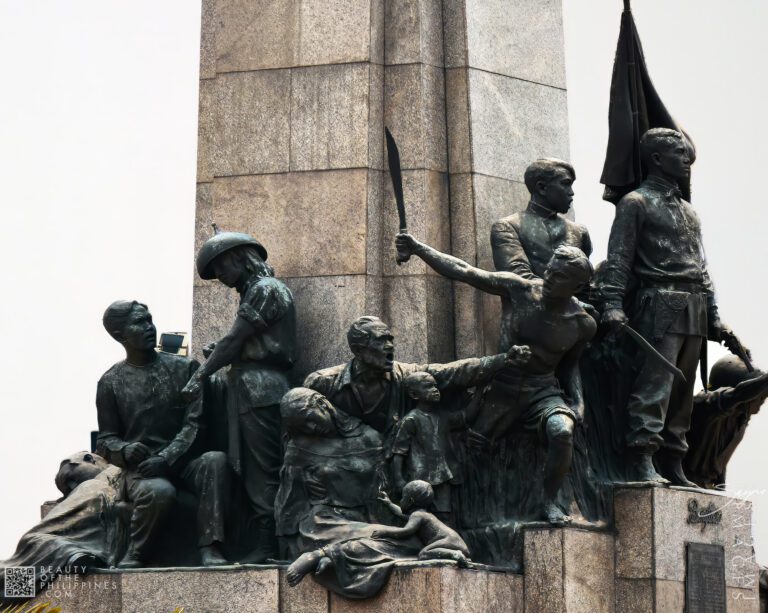
ABOVE: Surrounding the main statue are several figures representing fellow revolutionaries, signifying the collective struggle for Philippine independence from Spanish colonial rule.
ABOVE: Surrounding the main statue are several figures representing fellow revolutionaries, signifying the collective struggle for Philippine independence from Spanish colonial rule.
Andrés Bonifacio’s passionate call to arms against Spanish rule on August 23, 1896, known as the “Cry of Pugad Lawin,” echoes through time, inspiring courage and resilience. The cornerstone was laid on November 30, 1929, by Aurora Quezon, wife of Manuel L. Quezon, then Filipino Senate President and later President of the Philippines. Inaugurated on November 30, 1933, marking Bonifacio’s 66th birth anniversary, under the directive of American Governor-General Frank Murphy.
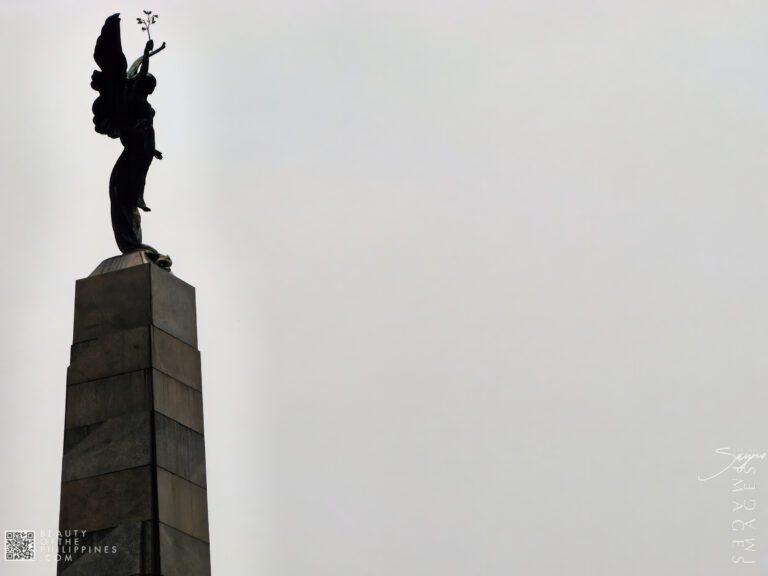

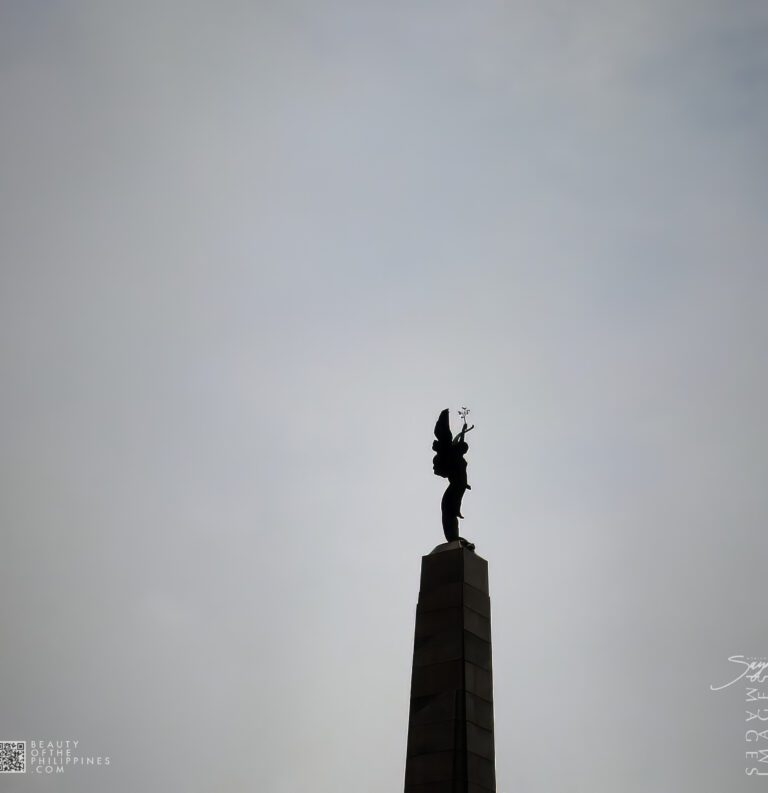

ABOVE: The angel atop the Bonifacio Monument, known as the Angel of Freedom, embodies the spirit of liberty and the deep desire for independence that resonates with the Filipino people.
ABOVE: The angel atop the Bonifacio Monument, known as the Angel of Freedom, embodies the spirit of liberty and the deep desire for independence that resonates with the Filipino people.
Crafted at a cost of ₱125,000, a significant sum at the time, the inauguration was attended by luminaries like House Speaker Quintín Paredes. Symbolically representative, women from Luzon, Visayas, and Mindanao, along with representatives from eight provinces pivotal in the 1896 revolution, were involved.
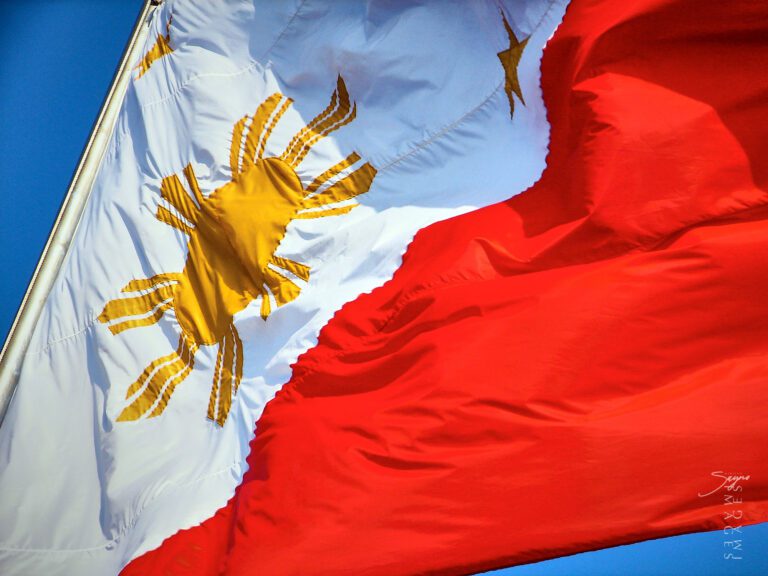
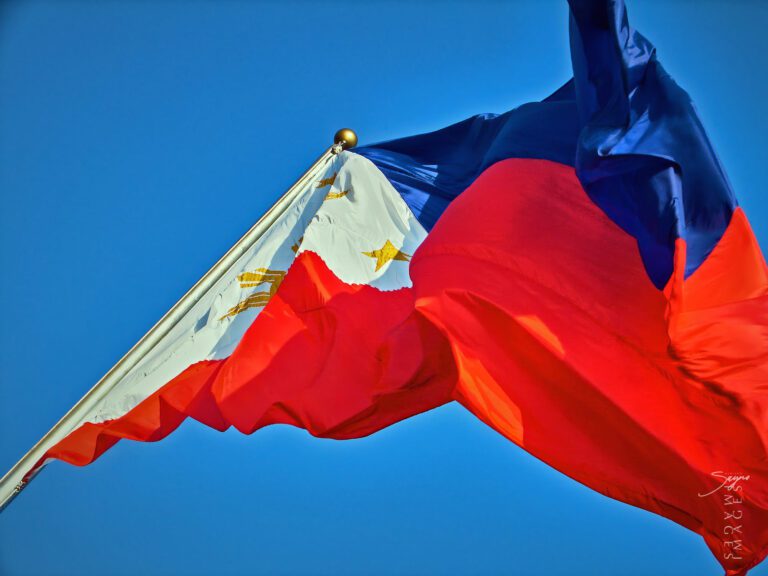
Envision Guillermo Tolentino’s 1933 sculpture—an obelisk with five sections representing various societal aspects, embodying the spirit of the “Kataastaasan, Kagalanggalang na Katipunan ng mga Anak ng Bayan” (Highest and Most Venerable Association of the Sons of the Nation). The crowning figure with wings signifies triumph. Below the pylon, 20 bronze figures encircle an octagonal plinth topped by an angel of peace. The octagon symbolizes the eight provinces that bravely fought against Spanish tyranny, echoing the eight rays of the Katipunan flag.
Symbolism echoes through this monument. The plinth’s three steps represent three centuries of Spanish rule, while the bronze figures depict the Filipino people enduring inequality, agony, and suppression. With meticulous detailing and realistic expressions, these sculptures reflect revolutionary zeal, depicting an upright stance with outstretched arms. The central figure wields a bolo and a gun, with the unfurled Katipunan flag as a backdrop.
Surrounded by pools of water, the central obelisk stands as a testament to the resilience and bravery of the Filipino people, immortalizing a historic chapter etched in the country’s rich heritage.
RELATED STORIES

Nestled in the heart of Quezon City, La Mesa Ecopark stands as a serene sanctuary, offering both a retreat for nature lovers and an educational
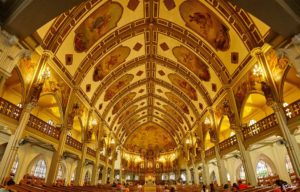


The Manila Abbey San Beda, or formally known as Abbey of Our Lady of Montserrat, is a Benedictine men’s monastery located along the streets of
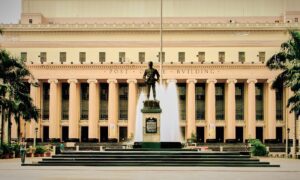


Nestled in the heart of Manila, Liwasang Bonifacio is a place where history, culture, and modern urban life converge. Formerly known as Plaza Lawton, this
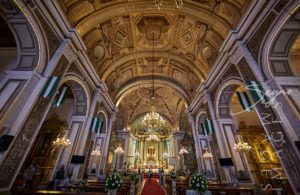


Known as one of the most important baroque churches in the Philippines and as one of the only four baroque churches in the Philippines that
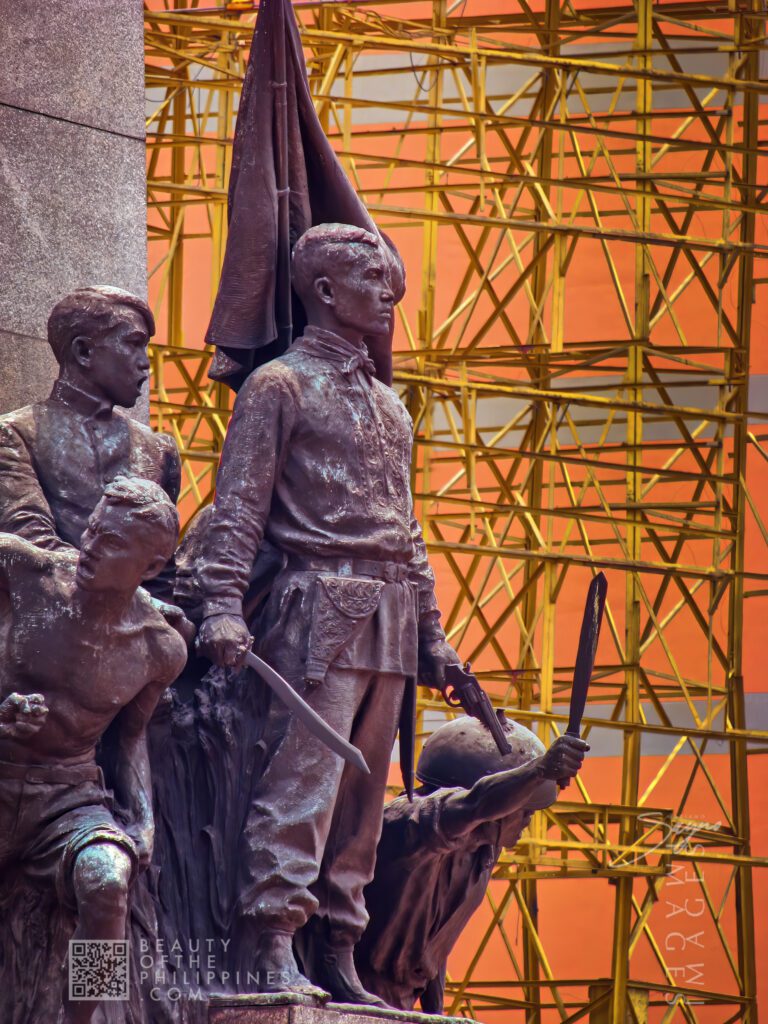

ABOVE: The Bonifacio Monument, standing over 45 feet tall, depicts Andres Bonifacio with a bolos knife, symbolizing his role as the “Father of the Philippine Revolution,” surrounded by figures of the Katipunan to emphasize unity in their fight for independence.
ABOVE: The Bonifacio Monument, standing over 45 feet tall, depicts Andres Bonifacio with a bolos knife, symbolizing his role as the “Father of the Philippine Revolution,” surrounded by figures of the Katipunan to emphasize unity in their fight for independence.
I’m looking forward to the stories and images leaving a lasting positive impression on you, just as they have on me. Stay connected with us on social media for a weekly exploration of travel assignments and breathtaking visuals. Our focus is on championing local tourism, showcasing small businesses, and honoring the magnificence of the Philippines through the content we curate. Join us in spreading the word by clicking the ‘share’ buttons below. Your support means the world to us.
EXPLORE MORE about
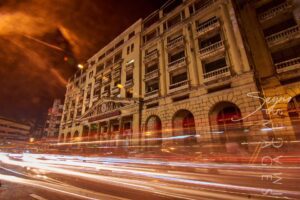

I experienced the vibrant and colorful life of downtown in full. I took some time to appreciate the beauty of Santa Cruz Church and Plaza
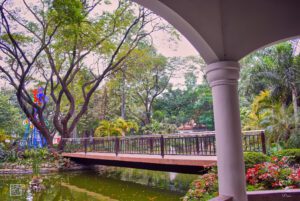

Situated in the lively heart of Makati’s Legazpi Village, Washington SyCip Park provides a serene refuge away from the city’s fast pace. Established in 2006
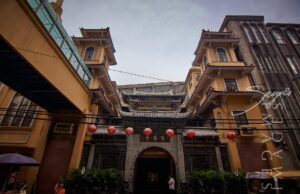

If you’re exploring the heart of Manila, you won’t want to miss Seng Guan Temple, a cultural and spiritual gem nestled in the bustling district
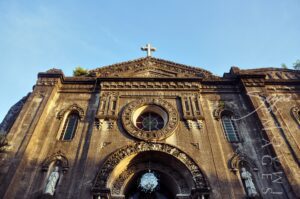

Tucked away in the bustling heart of Makati lies the Guadalupe Church Ruins, an evocative landmark that offers more than just a glimpse of the


If you’re exploring Manila, one spot you shouldn’t miss is Plaza Rajah Sulayman, a scenic and historically significant public square in the heart of Malate,
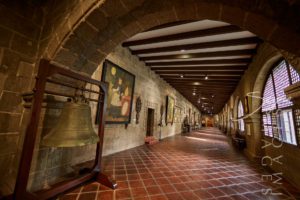

The San Agustin Museum is located adjacent to the UNESCO World Heritage Site, San Agustin Church. It is located in Intramuros—the walled city of Manila—and


Quiapo, Manila, is home to the historic Quiapo Church, officially known as the Minor Basilica and National Shrine of the Black Nazarene. This revered religious
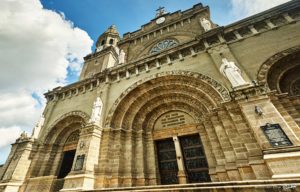

Originally built in 1880, the Manila Cathedral is the current version of the longstanding Church of Manila. It is a masterpiece of architecture that was
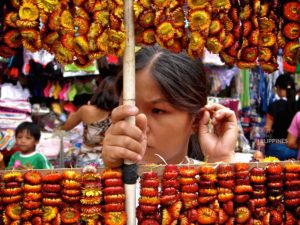

Plaza Miranda is a public square bounded by Quezon Boulevard, Hidalgo Street and Evangelista Street in Quiapo, Manila. It is the plaza which fronts the
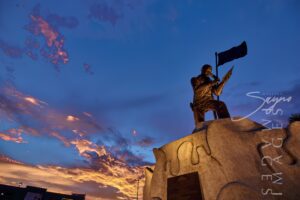

The Andres Bonifacio Birthplace Monument in Tutuban, Divisoria stands as a powerful symbol of Filipino patriotism and a tribute to the courage and leadership of Andres
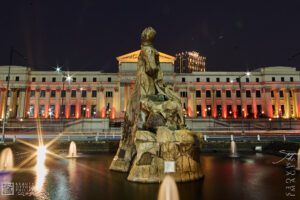

The Gomburza National Monument, located in front of the National Museum of Fine Arts along Padre Burgos Avenue in Manila, stands as a solemn tribute
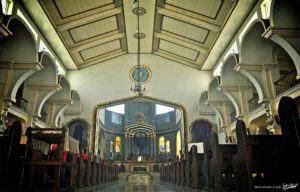

The Polo Church, formally known as the San Diego de Alcala Church, resides in the Polo neighborhood of Valenzuela, Manila. This church has a captivating
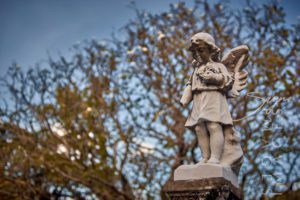

As one of the oldest cemeteries in Manila, Campo Santo De La Loma, commonly referred to as the La Loma Cemetery, is one of the
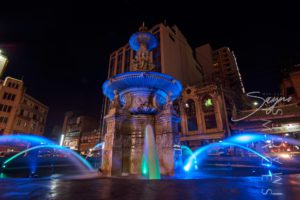

If you’re ever wandering through the lively streets of Manila, one of the city’s must-see spots is the iconic Carriedo Fountain. Nestled in the heart
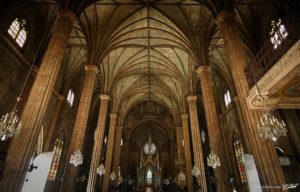

San Sebastian Church is a Roman Catholic Minor Basilica located in Quiapo, Manila. It’s also known as Minor Basilica of San Sebastian or San Sebastian
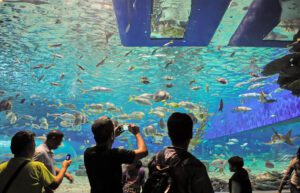

As the nation’s first ever world-class marine theme park, Manila Ocean Park is located in Ermita Manila, within the Philippines’ largest urban resort/aqua-themed hotel complex
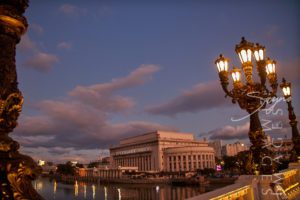

The Manila Post Office, officially known as the Manila Central Post Office, is a distinguished example of neoclassical architecture, originally designed by Juan M. Arellano,


Nestled in the vibrant district of Binondo, Manila, Plaza San Lorenzo Ruiz stands as a historical and cultural gem. Once known as Plaza Calderón de
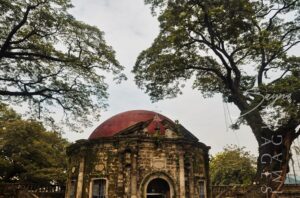

Situated in the bustling city of Manila, Paco Park is a serene oasis that invites visitors to step back in time while enjoying the calm
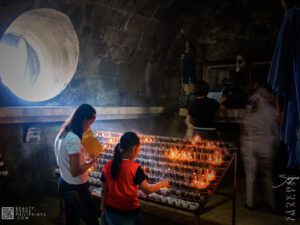

Located in the heart of Taguig City, just a short distance from the bustling Bonifacio Global City (BGC), lies the St. Anne Parish Church, more



Nestled in the heart of Manila, Liwasang Bonifacio is a place where history, culture, and modern urban life converge. Formerly known as Plaza Lawton, this
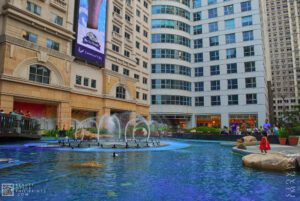

Located in the heart of Quezon City, Eastwood Mall stands as a vibrant fusion of shopping, dining, and entertainment. More than just a mall, it’s
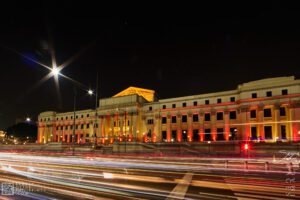

Manila, the vibrant capital of the Philippines, is home to a wealth of cultural and historical landmarks, and among its crown jewels is the National
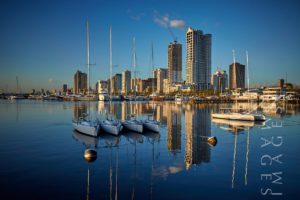

It is considered to be one of the world’s great harbors, the Manila Bay, and it serves as the Port of Manila, Philippines. Having once
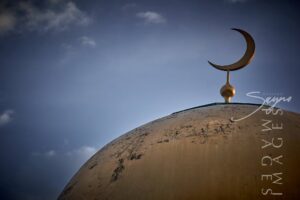

Situated in the heart of Quiapo, Manila, the Manila Golden Mosque stands as a magnificent testament to the rich cultural and religious diversity of the
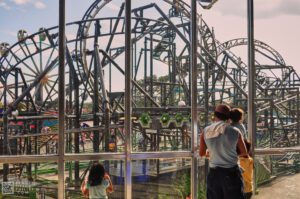

Nestled in the heart of Pasay City within the Cultural Center of the Philippines Complex, Star City stands as one of the premier amusement parks
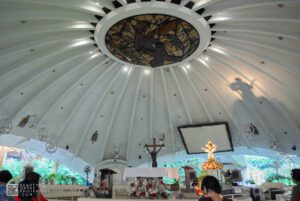

Let’s face it—Makati can be overwhelming. Skyscrapers, honking horns, back-to-back meetings, and the endless buzz of city life. But right in the middle of all


The University of the Philippines Diliman (UP Diliman) is more than just the country’s premier academic institution—it is a historical, cultural, and natural destination worth
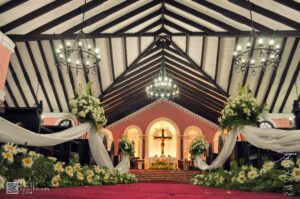

When you think of Malabon, your mind might wander to its famous pancit, old-world charm, or those quiet, flood-prone streets filled with stories from generations



Known as one of the most important baroque churches in the Philippines and as one of the only four baroque churches in the Philippines that
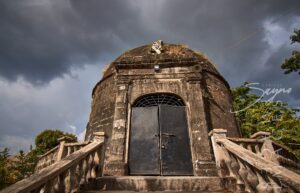

Tucked away in the heart of Taguig City, Metro Manila, lies an intriguing historical site that continues to captivate both locals and travelers alike—the Simborio.
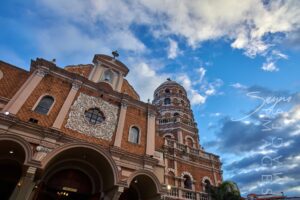

If you’re wandering through the heart of Manila and looking for a place where stories linger and time seems to slow down, Santa Cruz Church
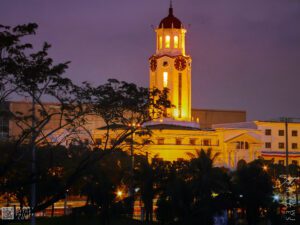

Nestled in the historic district of Ermita, Manila City Hall is more than just the seat of the city’s government—it’s a testament to the rich
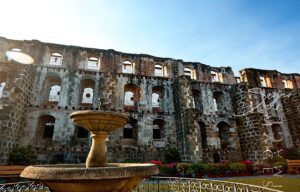

Located within the historic district of Intramuros, Manila, Padre Blanco Gardens—also known as Father Blanco’s Garden—offers a charming and romantic retreat amid centuries-old architecture. This
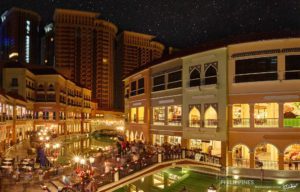

Located in the heart of the Taguig City, the Venice Grand Canal is a lifestyle mall development under the Megaworld Lifestyle Malls Located inside the


It is always a surprise for buildings, parks and houses to survive such wars as it is almost inevitable that everything will be brought down
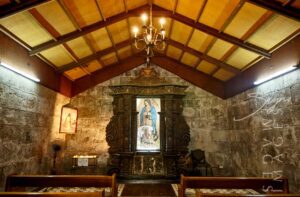

Tucked within the storied walls of Fort Santiago, a landmark that has stood as a silent witness to centuries of Philippine history, the Our Lady
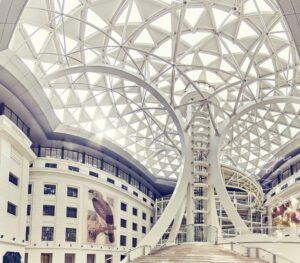

Explore the vibrant tapestry of Manila through its four national museums, each a unique gem in the city’s cultural crown. These four distinguished establishments are
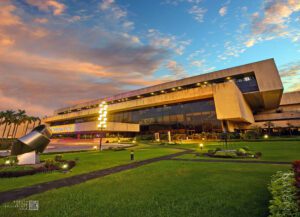

The Philippine International Convention Center (PICC) stands as a monument to the Philippines’ ambition to be a key player on the global stage. With its
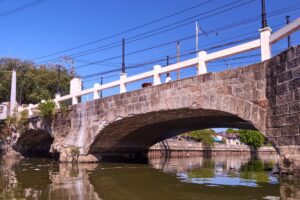

Nestled at the crossroads of Las Piñas in Metro Manila and Bacoor in Cavite, the Zapote Bridge stands as a silent yet powerful witness to
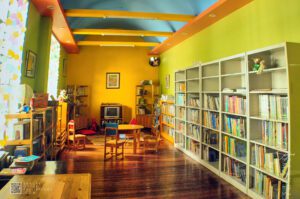

Located along Roxas Boulevard in the heart of Manila, Museo Pambata offers a one-of-a-kind experience where children can learn, play, and connect with Filipino culture
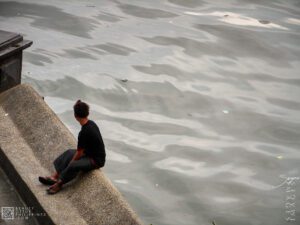

Quezon Bridge, a striking steel arch bridge spanning the Pasig River, is more than just a vital transportation link—it is a historical icon of Manila.
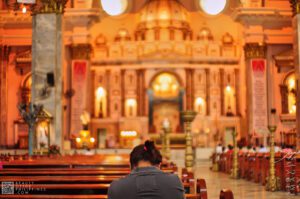

The Binondo Church is a historic church in Manila, located in the District of Binondo, near the Plaza San Lorenzo Ruiz. It was previously called
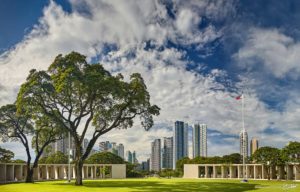

Manila American Cemetery and Memorial is located in the heart of Taguig City on the lands of Fort Bonifacio and serves as the largest grave
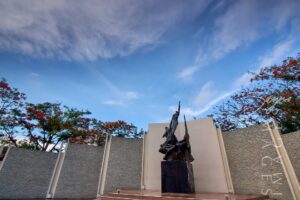

Located in the heart of San Juan City, Metro Manila, the San Juan – Pinaglabanan Memorial Shrine serves as a powerful reminder of the bravery
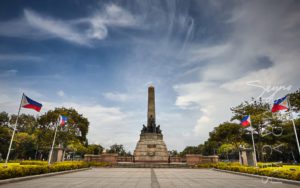

Located along Roxas Boulevard, Manila and adjacent to the century-old walled city of Intramuros, the Luneta National Park, or Rizal Park as many refer to


If you’re exploring Manila and looking for more than just the usual heritage stops, make room on your itinerary for a place that blends quiet
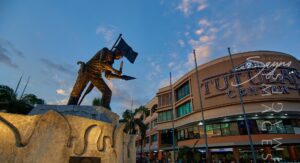

Situated in the heart of Manila, Tutuban Center is more than just a shopping destination—it’s a vibrant mix of history, commerce, and culture that draws
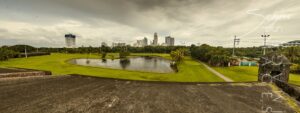

Located within the historical walls of Intramuros, Manila, Intramuros Golf Club is a true gem for both golf enthusiasts and history lovers alike. This iconic


Located in the heart of Quezon City, Christ the King Seminary is not only a center of Catholic education but also a place where spirituality,
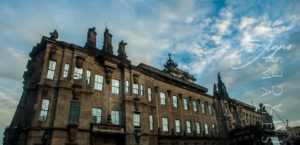

UST, also known as the University of Santo Tomas, is a private Roman Catholic university located in Sampaloc, Manila. It was founded on 28 April
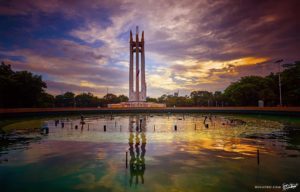

One of Quezon City’s main parks is the Quezon Memorial Circle, which is located in Quezon City and is surrounded by an elliptical road, making
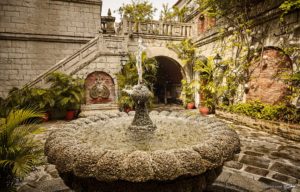

Casa Manila, located in the heart of Intramuros, Manila, is a living museum that transports visitors to the grandeur of the Spanish colonial era. As


The Kartilya ng Katipunan, also known as Bonifacio Shrine or Heroes Park, is a must-visit historical site in Ermita, Manila, celebrating the legacy of Andrés


It is the home of the popular Asian elephant, Mali, as well as 90 other species. As well as being a landmark in Manila, the
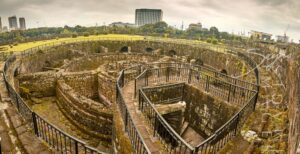

You know how sometimes, you stumble upon a place that feels like stepping straight into a history book—except the pages come alive? That’s exactly the
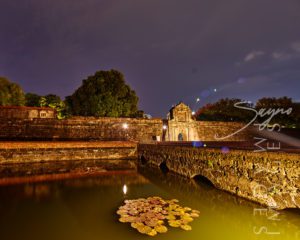

It is also known as the Walled City, and during the Spanish Colonial Period it was synonymous with the city of Manila. Intramuros was also
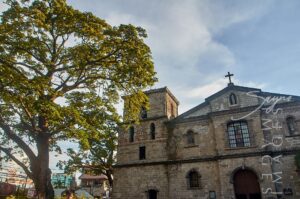

If you’re the kind of traveler who loves uncovering places with soul — you know, spots where history, culture, and a touch of magic come
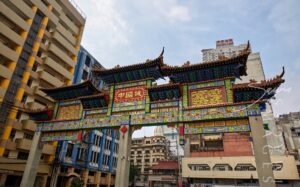

In addition to being considered the oldest Chinatown in the world, Binondo Chinatown is also the center of trade and commerce in Manila City. In



Nestled in the heart of Quezon City, La Mesa Ecopark stands as a serene sanctuary, offering both a retreat for nature lovers and an educational
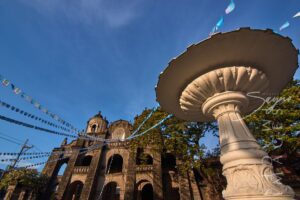

San Juan, a city tucked in the heart of Metro Manila, is often overshadowed by its more famous neighbors, yet it holds within its borders
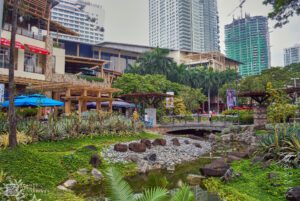

In the heart of bustling Makati, where glass towers slice the skyline and business moves at lightning speed, there’s a place that feels like a
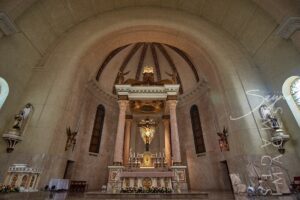

When in Quezon City, one of the most serene and awe-inspiring places to visit is the Mount Carmel Shrine, a haven of peace, spirituality, and
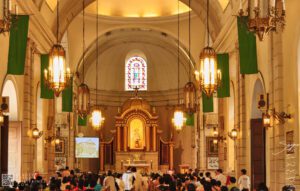

Malate Church stands as a profound symbol of faith, resilience, and artistry, preserving its sacred role and architectural splendor through centuries of triumphs and trials.
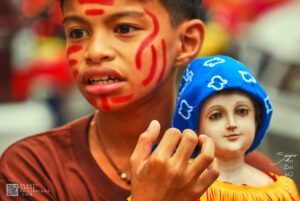

Every January, in the heart of Tondo—one of Manila’s oldest and most storied districts—a celebration unfolds that’s unlike anything else in the Philippines. The Feast
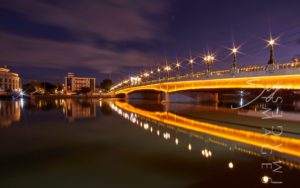

The newly restored Jones Bridge is easily recognizable by its beautifully designed black lamp posts—the same ones that were there when the bridge was first
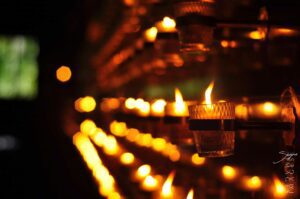

The Padre Pio Chapel, also known as the St. Pio of Pietrelcina Chapel, holds a special place in my heart as a photographer. It revealed
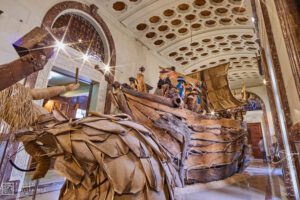

The National Museum of Anthropology, located in the heart of Manila within the National Museum Complex, is a must-visit destination for travelers eager to explore
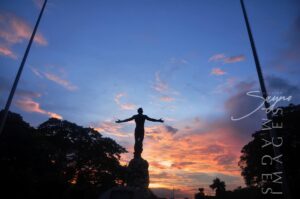

If you find yourself wandering through the sprawling campus of the University of the Philippines (UP) Diliman in Quezon City, you’ll undoubtedly encounter one of



The Manila Abbey San Beda, or formally known as Abbey of Our Lady of Montserrat, is a Benedictine men’s monastery located along the streets of


When you think of Manila, you probably imagine vibrant street life, Spanish-era churches, or food stalls dishing out sisig and lumpia. But just beyond the
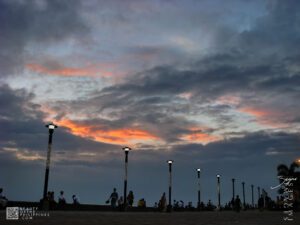

Let’s be real—when you think of tourist spots around Metro Manila, Navotas probably isn’t the first to pop into your head. But you know what?
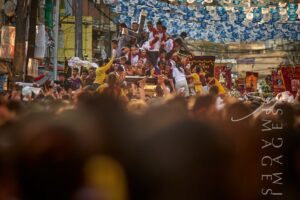

The Nazareno Festival, or the Feast of the Black Nazarene, is one of the most spectacular and deeply moving religious events in the Philippines. Held
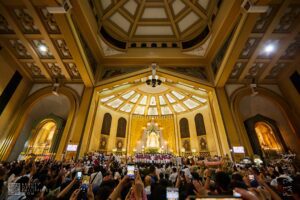

Every October, the vibrant streets of Quezon City come alive with faith, devotion, and rich cultural traditions during the Feast of La Naval de Manila.
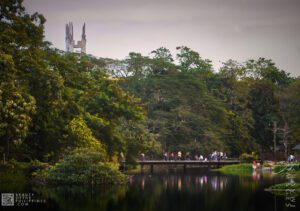

Situated in the heart of Quezon City, the Ninoy Aquino Parks and Wildlife Center (NAPWC) offers a serene retreat from the bustling streets of Metro
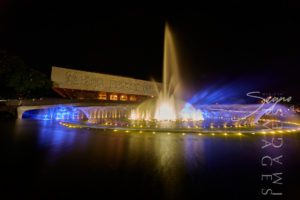

The Cultural Center of the Philippines or CCP was founded in 1966 under the directive of former President Ferdinand Marcos, in order to reinforce and
BROWSE BY CATEGORIES